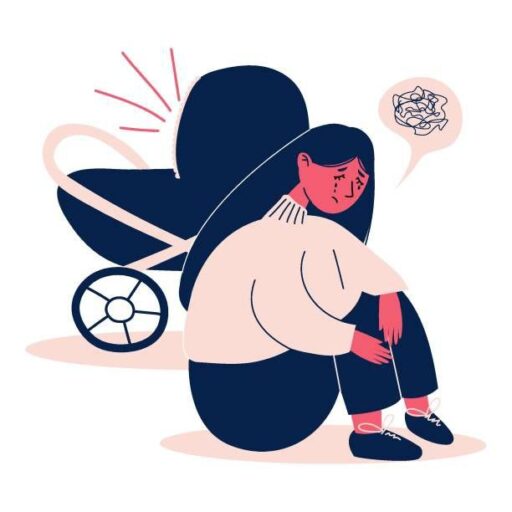Baby Blues vs Postpartum Depression: Know the Difference
As a new mother, it’s natural to feel overwhelmed, exhausted, and emotional after giving birth. In fact, up to 80% of women experience the “baby blues” – a common condition characterized by mild symptoms of anxiety, mood swings, and tearfulness (Micali et al., 2017). However, for some women, these symptoms can escalate into postpartum depression (PPD), a serious and treatable condition that requires prompt attention.
What are Baby Blues?
The baby blues, also known as postpartum blues, are a common and generally mild condition that affects many new mothers. Symptoms typically begin within the first few days after giving birth and can last for up to two weeks. Common symptoms include:
– Mood swings and irritability
– Feeling anxious or overwhelmed
– Tearfulness and crying
– Difficulty sleeping
– Feeling overwhelmed by caring for the baby
While the baby blues can be distressing, they are generally not a cause for concern and usually resolve on their own within a few weeks (American College of Obstetricians and Gynecologists, 2020).
What is Postpartum Depression?
Postpartum depression, on the other hand, is a more severe condition that can affect women after childbirth. PPD is a type of depression that can develop during pregnancy or in the first few months after giving birth. It is characterized by:
– Persistent feelings of sadness, emptiness, or hopelessness
– Loss of interest in activities or hobbies
– Changes in appetite or sleep patterns
– Fatigue or lack of energy
– Difficulty bonding with the baby
– Suicidal thoughts or feelings of worthlessness
PPD is not just a normal part of parenthood, but rather a serious medical condition that requires treatment. It is estimated that up to 15% of women experience PPD in the UK (National Childbirth Trust, 2020).
How to Tell the Difference
While the baby blues and PPD share some similar symptoms, there are key differences to look out for. If you are experiencing any of the following symptoms, it’s important to seek medical attention:
– Symptoms persist beyond two weeks
– Symptoms are severe or interfere with daily life
– You have a history of depression or anxiety
– You experience suicidal thoughts or feelings
In addition to seeking medical attention, there are several ways to manage symptoms and reduce the risk of PPD:
– Practicing self-care, such as getting enough sleep and engaging in activities you enjoy
– Building a support network of family and friends
– Joining a support group or online community
– Considering therapy or counseling
Conclusion
While the baby blues are a common and generally mild condition, PPD is a serious condition that requires prompt attention. If you are experiencing symptoms of PPD, it’s important to seek medical attention from your healthcare provider. With proper treatment and support, it is possible to manage symptoms and overcome PPD.
References:
SAMHSA – Substance Abuse and Mental Health Services Administration
Baby Blues and Postpartum Depression: Mood Disorders and Pregnancy | Johns Hopkins Medicine
Baby blues after pregnancy | March of Dimes
Websites:
Britmed Healthcare: https://britmedhealthcare.co.uk/
Nightingale Hospital: https://www.nightingalehospital.co.uk/
Top Doctors: https://www.topdoctors.co.uk/doctor/ahmed-el-missiry
You can also book, Contact us on WhatsApp 08009708017




